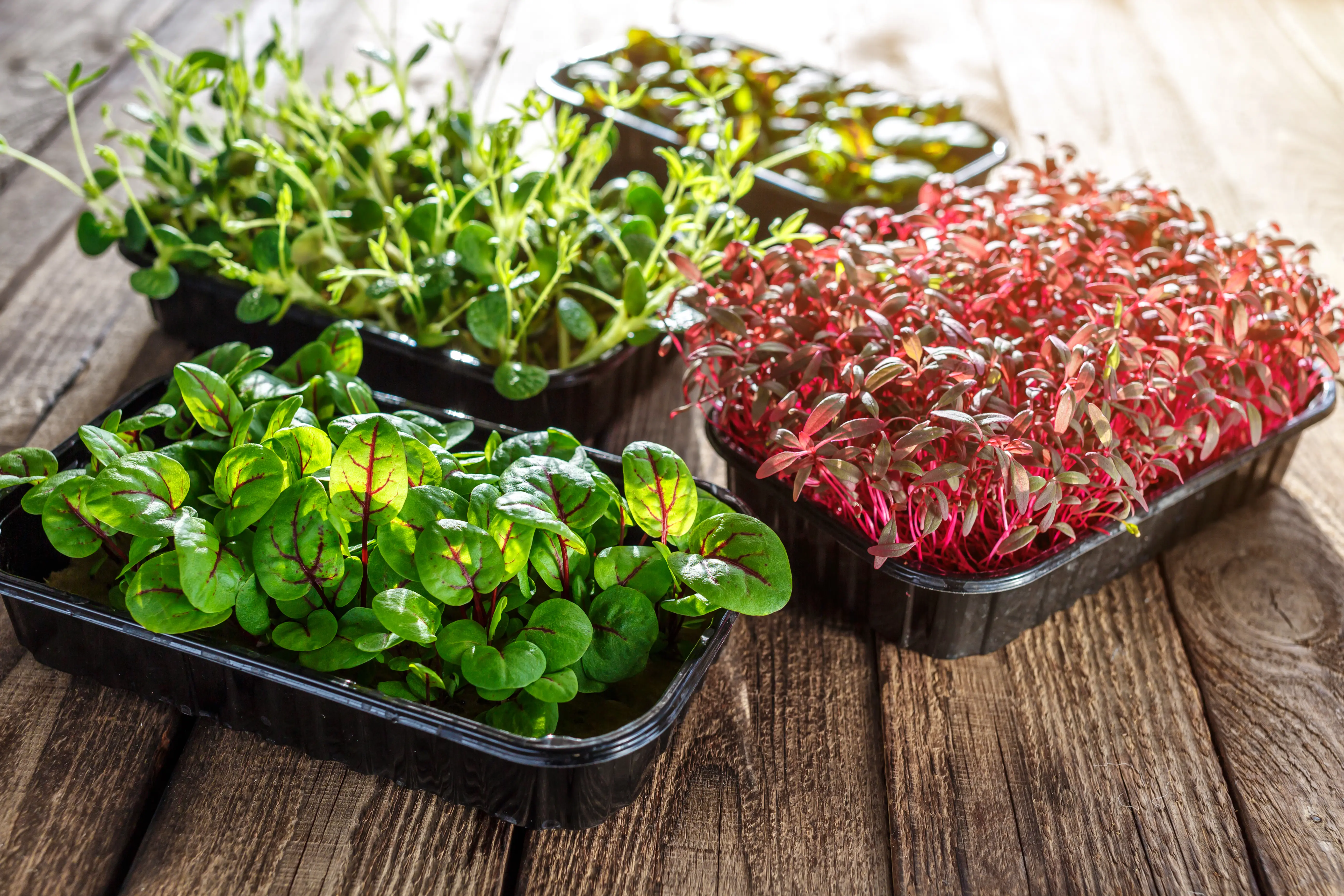What Is P.H?
This describes a numeric scale to detect the acidity or alkalinity of a liquid solution. The actual meaning stands for potential hydrogen and it is a measurement of the hydrogen ions present. Pure water has a pH of 7 and is classed at neutral whilst solutions which read less than 7 are considered acidic and solutions that are above 7 are classed as a base. A liquid solution that has low concentrations of hydrogen ions has a high p.H and a liquid solution with a high count of hydrogen ions will be low in p.H.
The way this is done is by measuring the difference between a hydrogen electrode and a non hydrogen electrode. There are several devices that is used to measure p.H and these can arrange from basic tube and solution, to p.H Pens which will give an electronic reading of the solution. Here better explained is a p.H chart which many growers rely on everytime they feed.
Pure Acidic <3.5
Extremely Acidic < 3.5 – 4.4
Very Strong Acidic < 4.5 – 5.0
Strongly Acidic < 5.1-5.5
Moderately Acidic < 5.6 – 6.0
Slightly Acidic < 6.1 – 6.0
Neutral < 6.6 – 7.3
Slightly Alkaline < 7.4 – 7.8
Moderately Alkaline < 7.9 – 8.4
Strongly Alkaline < 8.5 – 9.0
Very Strong Alkaline < 9.0
The Importance of Potential Hydrogen in Soil
There are multiple factors that play a huge role in the constant change and humification state of soil. These factors are rainwater and decomposing organic matter.
Rain water will leach away elements such as calcium, magnesium, sodium and potassium. When there is organic matter breaking down and because there is a metabolic response within the soil, as a result the carbon dioxide can form a mild acidic acid. In the same way that decay and oxidation of organic matter will result in organic and inorganic acids such as nitric acid and sulphuric acid. As everything is working at a living rate of metabolism, dictating the soil p.H can depend on a many variables.
When feeding plants a nutrient solution into the medium, it must first be broken down at a structure level and this must be obtained through the plants soil. With this being said there are 14 essential plant nutrients found within soil, so the soil’s ability to work in balance with microbial life is a major player in the longevity of the soil. As an organic grower it important to note that a p.H range of 6.5 is where the mostly available nutrients will be easily obtained.
pH and the Root Zone
At a range of p.H 6.5 is where soil microorganism prefer to live and an array of nutrients are better absorbed. As organic growing can be more forgiving and granted a natural buffering zone, the ideal p.H range for maximum uptake can safely range from p.H 5.5-7.5. Studies have shown that mycorrhizal fungi was higher in soil with a pH in the optimal zone of p.H 5.5.-7.5. with the lowest in a soil in the acidic range of p.H 4.5-8.0 whilst soil with a pH of 8 was not good and promoted a decline in growth.
What Does Electric Conductivity Mean?
This may sound like something that could potentially be hazardous when you hear the words electric conductivity. It is a complex way of determining the ion composition in the water. It is a measurement that is dependant on the temperature of the water being tested, so for every 1 degrees Celsius there will be an ionic change of upto 3%.
How Is E.C Measured?
As a way of testing the salinity of the water source, the E.C will tell you the difference in what heavy metals may be in the water. The measurement is in units called Siemens per unit area, therefore the higher the E.C the higher the amount of nutrient that is present. It can be measured as tool using a meter or a probe. How the probe works is using two metal electrodes spaced apart that will send a current from one side to the other, whilst taking a reading of the liquid solution. Almost similar to how a light bulb works by sending an electrical current from side to side. The current that is then flowing through the water is the same concentration of dissolved ions, therefore the electrical conductivity can be measured.
What Is The Correlation Between E.C and P.H?
In hydroponic growing for example the importance of having your p.H in check, will have a dramatic effect on how readily available the nutrients are to be absorbed and used. If you think about deep water culture, this format of hydroponics allows the roots to be submerged in a controlled oxygen rich nutrient solution. Here is a good example to show you how quickly the p.H and E.C can change, as the plant will secrete acidic or alkaline from the roots and in a sense pollute the water.
In the same way the E.C levels in a D.W.C will determine if the plant has a constant supply of nutrient or if the current nutrient solution is not adequate. This can result in plants either being overfed or underfed. In this systems an error such as this can be fatal to large scale commercial farming.
The correlation between p.H and E.C must balance in accordance to the metabolism of the plant, lighting, nutrients, available carbon dioxide and many other variable. Once a grower has this dialled in and fully understands how oxygen can increase p.H and the higher the E.C the lower the p.H will be in most cases. Below highlights studies that are based on commercial market value that outline how E.C is a big factor in final commercial produce.
How can you adjust your pH?
We offer special liquids to adjust the pH level of your water. these liquids are also designed to use in the two life phases of the plant.





